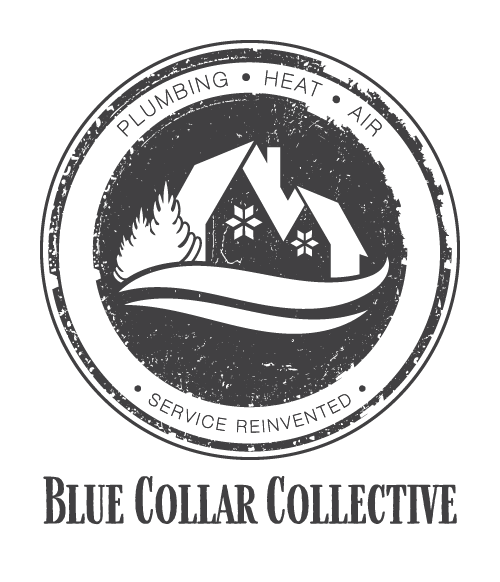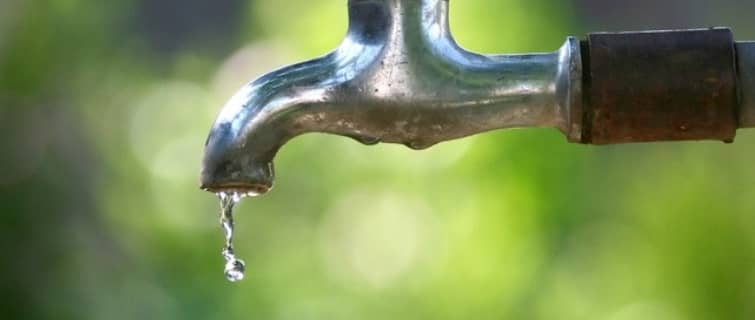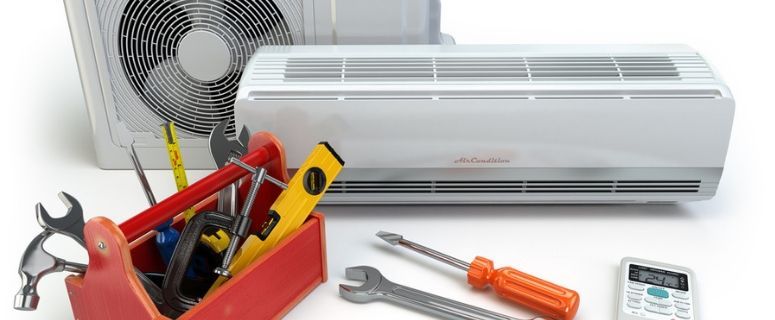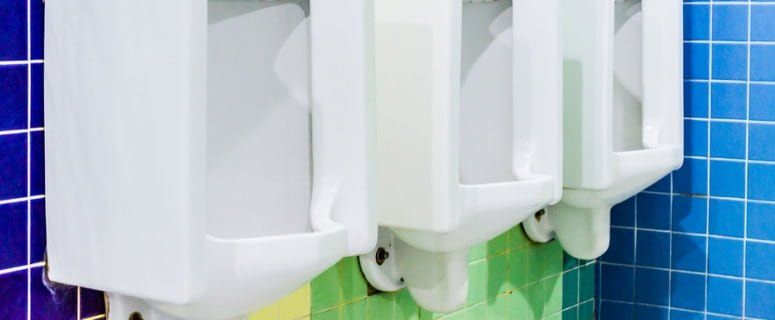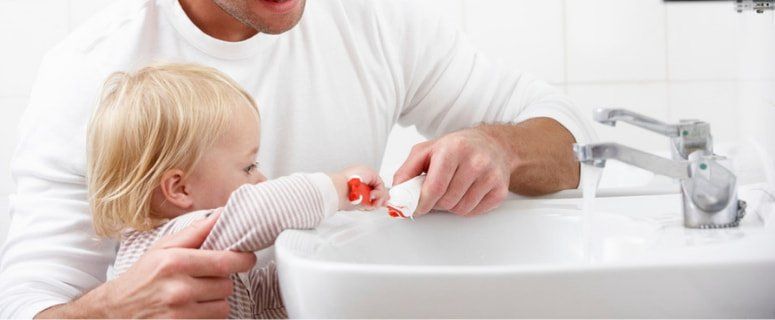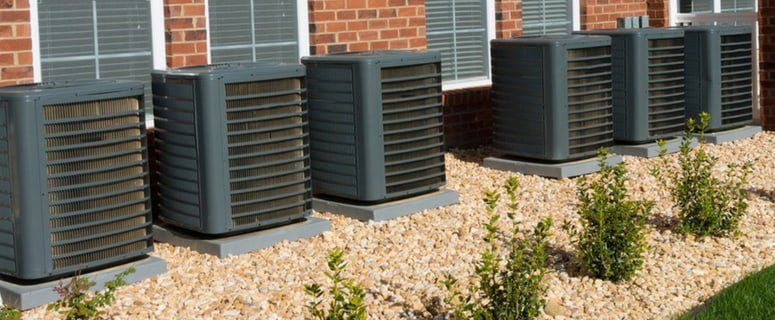Best Plumbing Backflow Prevention Devices
Town & Country Plumbing
Looking for a plumbing backflow device?
If you walk into your bathroom and detect a sharp, sulfurous odor, you most likely have a backflow problem. Backflow in plumbing refers to the flow of wastewater in the opposite direction. If it comes in contact with your fresh water supply, it results in serious health concerns for the occupants of the home.
This is why many cities have implemented building codes that mandate the use of backflow prevention devices in plumbing. Our public water supply is clean and safe to consume. However, there will be those rare occasions when your water supply will become polluted.
An intrusion in water service can disrupt the water pressure entering the home which can result in backflow. However, you can prevent backflow by including backflow prevention devices in your plumbing system. There are several different types of backflow prevention devices to choose from and below you will find more information about each one.
Backflow Prevention Devices Required By Law
The best plumbing devices available that prevent backflow are known as backflow prevention devices. Adding a backflow prevention device to our water supply can keep your water source clean and safe.
Residential and commercial properties utilize backflow prevention devices in their plumbing to reduce water contamination in places like your local water system, medical water supplies, food processing industries, and other commercial purposes.
Air Gaps As Backflow Prevention Devices
An air gap is an open vertical space between the water outlet and the flood level of a fixture. It is one of the simplest and most reliable backflow prevention devices used to ensure drain water does not travel backward.
Freshwater and polluted water should always run through different pipes. However, sometimes events like a sewer backup or a loss of pressure in the fresh water line can cause a backflow to the fresh water supply. An air gap separates the two pipes and wastewater is sent through the air gap and away through the drain hose.
Pressure Vacuum Breakers For Clean Water
A pressure vacuum breaker (PVB) is a part of irrigation systems. It protects from the backflow of water from an irrigation system to your home's water supply.
It will stop polluted water from entering your water supply. It will open and close the control valve that stops backflow.
When this happens, it is usually near the water source. Another kind of PVB is the atmospheric vacuum breaker (AVB), a simple backflow preventer that is fitted on a pipe to prevent backflow. It works by allowing air to enter and fill the vacuum should backflow occur.
Choosing the Right Backflow Prevention Device for Your Home
Your home's plumbing system and sewer line are what determines which backflow prevention device is right for your home.
Pressure vacuum breakers send air into a pipe to break the vacuum. Assembly preventers and controlled pressure zone preventers both use two valves that will automatically shut if backflow occurs.
Ask your local building authority if backflow prevention devices on water systems are required and if a permit is needed to install them.
Call the plumbing experts at Town & Country Plumbing, Heating & Air to discuss how backflow prevention devices are essential for keeping your water supply fresh and clean. They will be glad to help you find the right backflow preventer and to assist you with any other plumbing issue in your home.
